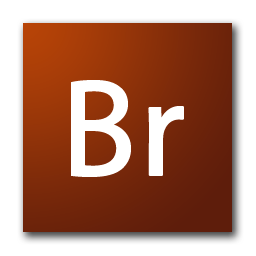The word macro means big, whereas the word micro mean small. So how is it that these two terms related? If the subject you are photographing is small and you want to make it look big, you end up with a “macro” view of a “micro” subject.
What is macro (micro) photography?
Macro photography is that which is taken with a dedicated macro lens. A real macro lens has the capability of achieving in the least a 1:1 magnification. Just because a camera has the word macro written on it, doesn’t make it a true macro lens. Both the Nikon and Canon lenses mentioned above, are considered real macro lenses. If you’re not sure how to recognise a real macro lens, you may find an earlier article useful called, What is a real macro lens.
What is close up photography?
Close up photography, is the act of photographing objects such as flowers or insects in close range so the subject you are photographing fills the frame. In other words, it’s the act of photographing subjects close up. This is easily achievable with any lens, even a 300mm telephoto lens.
Macro photography is in essence close up photography as well. However, close up photography is not always considered as true macro photography. For example, if you have a lens that is NOT considered a real macro lens, yet offers a macro setting (as many do nowadays), this is usually refered to as being close up photography, and not true macro.







